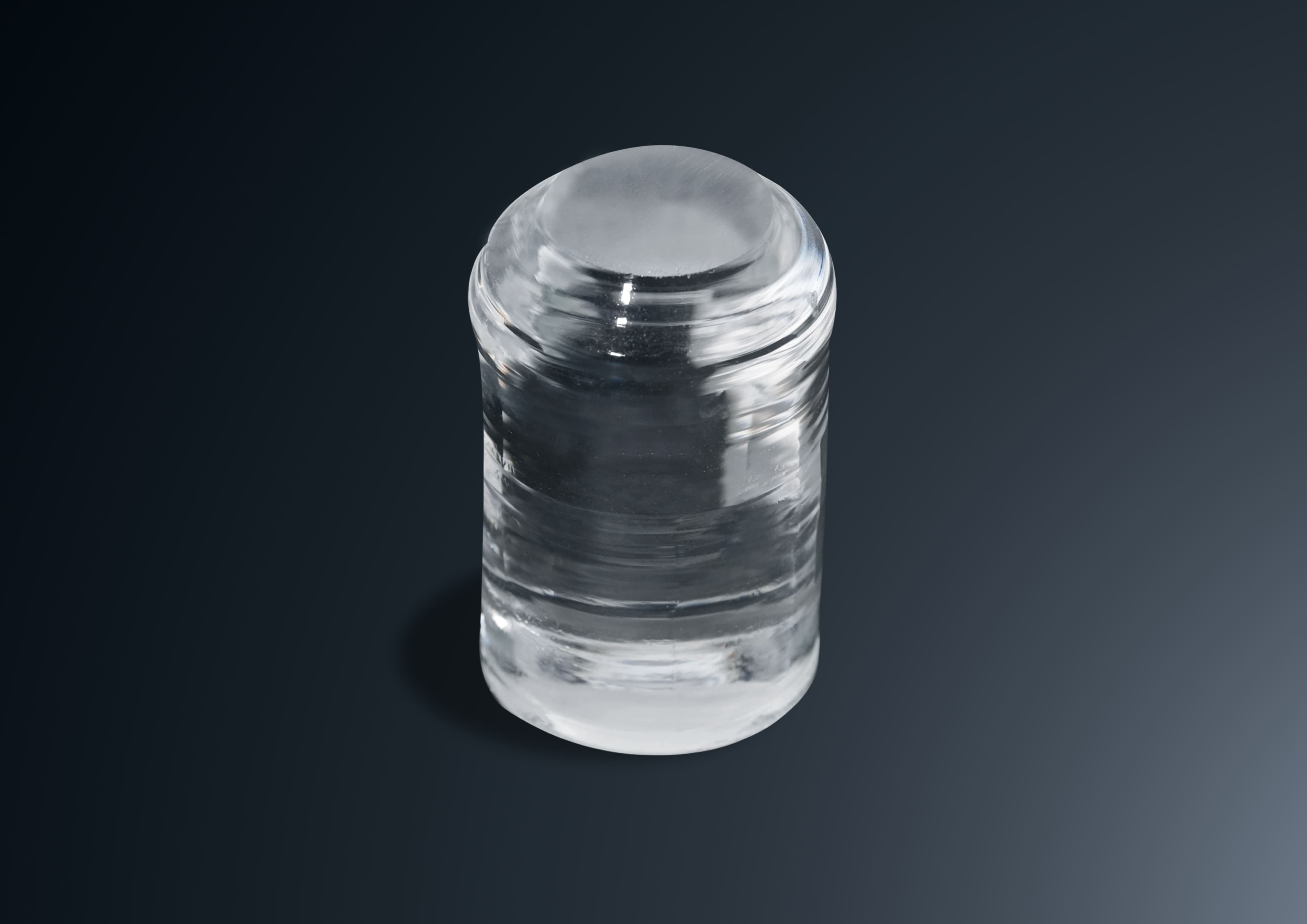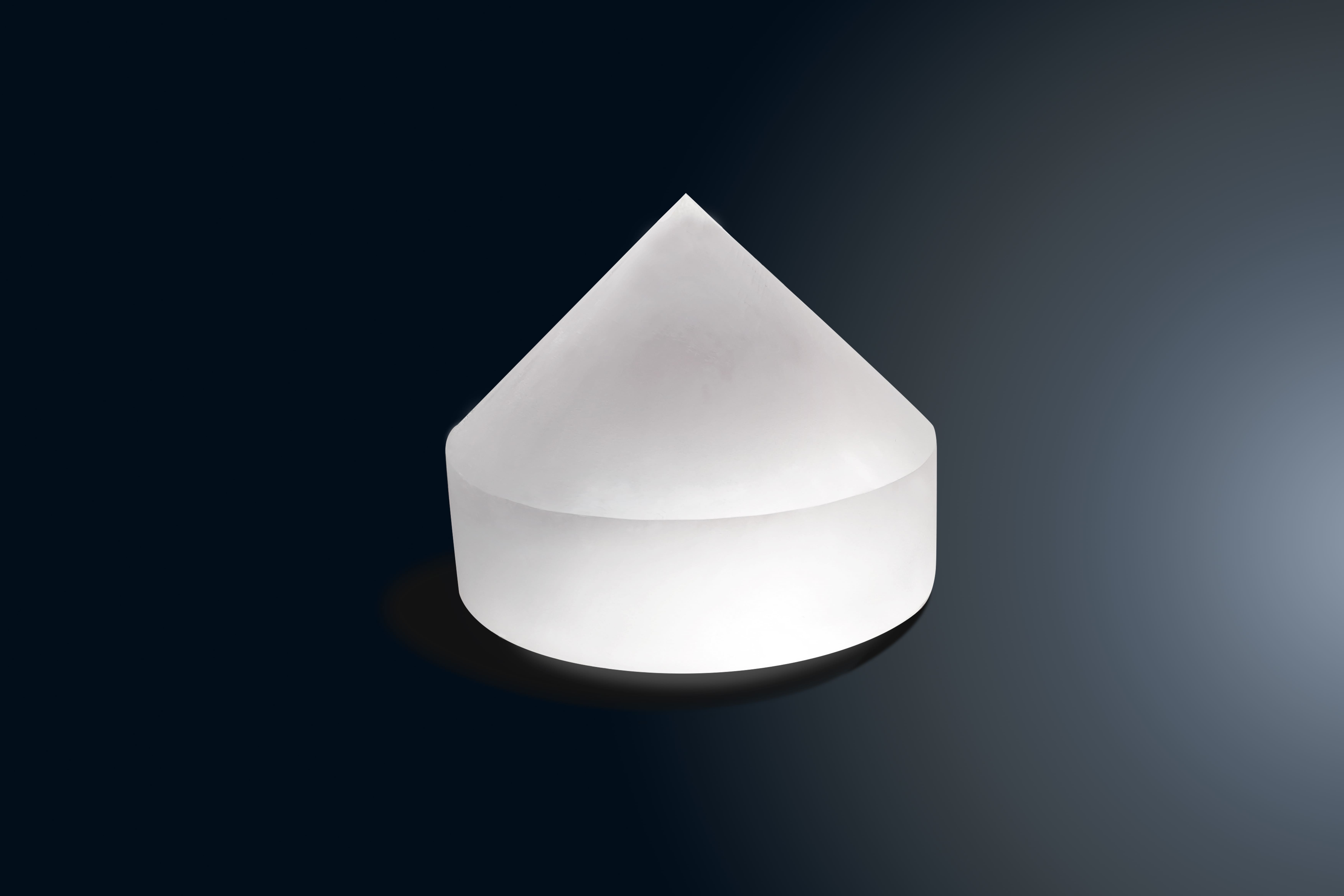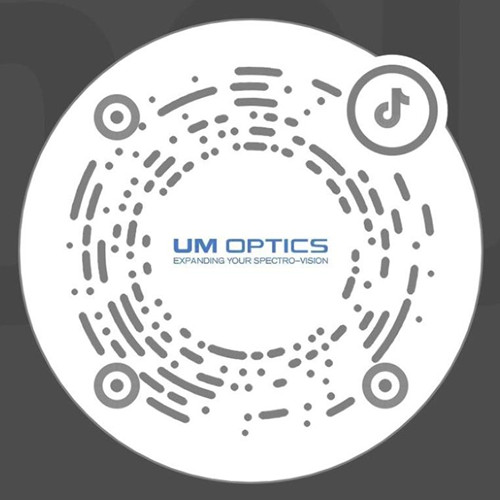Lithium fluoride (LiF) is an important inorganic compound, belonging to the category of lithium halides. In solid state, lithium fluoride exists in the form of crystals and has a specific crystal structure. So what are the structural characteristics of lithium fluoride crystals?
The basic structure of lithium fluoride crystals
Lithium fluoride crystals belong to ionic crystals, formed by the combination of lithium ions (Li+) and fluorine ions (F ⁻) through ionic bonds. In this crystal structure, lithium ions and fluorine ions alternate to form a regular lattice structure. Each lithium ion is surrounded by six fluorine ions, and each fluorine ion is surrounded by four lithium ions, forming a tetrahedral structure. This tetrahedral structure is the fundamental unit of lithium fluoride crystal structure.
Cell parameters of lithium fluoride crystals
The cell parameters of lithium fluoride crystals refer to the parameters that describe the basic size and shape of the crystal structure. For lithium fluoride crystals, their cell parameters are usually measured experimentally. According to experimental data, the cell parameters of lithium fluoride crystals are a=b=c (cubic crystal system) or a ≠ b ≠ c (other crystal systems), and the specific values vary depending on the crystal structure. These cell parameters are of great significance for understanding the structure and properties of lithium fluoride crystals.
The structural types of lithium fluoride crystals
Lithium fluoride crystals can exist in various structural types, depending on the arrangement and symmetry of ions in the crystal. Among them, the most common lithium fluoride crystal structure is the face centered cubic structure (FCC). In this structure, lithium ions are located at the eight corner vertices and six face centers of the cubic unit cell, while fluorine ions are located at the body center of the unit cell. In addition to the face centered cubic structure, lithium fluoride crystals may also have other structural types, such as hexagonal most densely packed structures.
The influence of lithium fluoride crystal structure
Firstly, the ionic bond structure of lithium fluoride crystals gives them high mechanical strength and stability. Secondly, the structure of lithium fluoride crystals determines their optical, electrical, and thermal properties. For example, the high refractive index of lithium fluoride crystals makes it an important optical material. In addition, the ion conductivity of lithium fluoride crystals is closely related to their structure, making them potentially valuable for applications in solid-state batteries and ion conducting devices.
The research significance of lithium fluoride crystal structure
Firstly, by conducting in-depth research on the structure of lithium fluoride crystals, the general laws and characteristics of ionic crystals can be revealed. Secondly, the study of the structure of lithium fluoride crystals helps to develop new materials and improve the performance of existing materials. For example, by adjusting the structure of lithium fluoride crystals, their optical, electrical, and thermal properties can be optimized, thereby expanding their application scope in fields such as optics, electronics, and energy.
The above is an answer to the structural characteristics of lithium fluoride crystals. We hope it will be helpful to you. If you have any questions, please feel free to consult online or leave a message.








